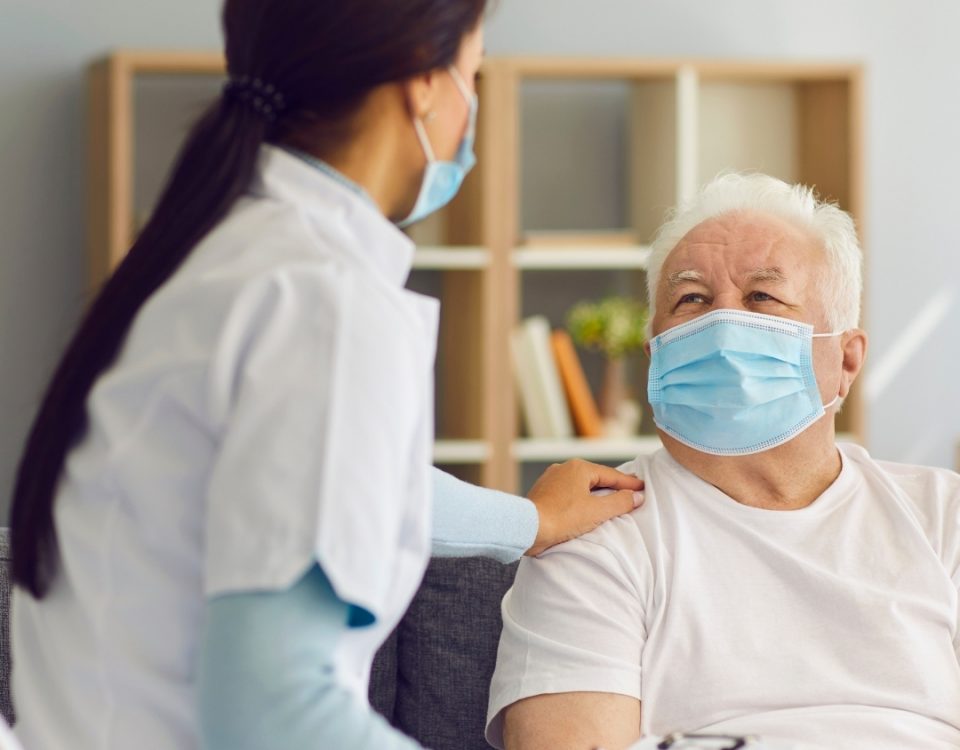
Financial Policy [Healthcare Compliance Tips]



Monitor HIPAA [Healthcare Compliance Tips]



Financial Policy [Healthcare Compliance Tips]



Monitor HIPAA [Healthcare Compliance Tips]
Billing Statements [Healthcare Compliance Tips]


Provide clarity around your billing statements.
The last tip discussed the importance of accurate financial policies to help ease the concern of patients.
And after you have made the changes to your policies, it is now time to focus on:
Billing Statements
Concern:
Becker’s CFO Report states:
77 percent of consumers reported that they were confused by an explanation of benefits they received from their health plan and 76 percent were confused by bills from their providers.
In my experience, no matter the technique you use, this area is always a surprise to the patient.
They may have missed the explanation of benefits (EOBs) and are shocked to see a billing statement from your practice waiting in their mail or email box. To make matters worse, they may have a hard time understanding the owed amount because of the statement layout.
Solution:
Research how the industry handles billing statements. Consider updating your billing statement policies, change the verbiage, and tweak the statement layout. Once you are satisfied with your billing statement, review additional payment options and communication methods for patient check-out.
Here are a few suggested payment options during patient check-out:
- Use insurance forecasting by way of fee schedules, contracts, or insurance phone calls to explain what they owe. Send the billing statement after the EOB is released.
- Set-up a payment plan with a portion of the bill payed immediately. Send a billing statement for the rest of the payment/s after the EOB is released.
- Request the payment in full before they leave your practice. Inform them that any overpayments will be reimbursed after the EOB is released.
Usually, I see practices utilize the first two avenues. However, whatever avenue you choose, ensure your staff explains the options concisely. If you allow the patient to pay after the claim is processed, ask your employees to state this is only a forecast, and they will receive an EOB confirming the final payment amount, with a billing statement following shortly thereafter.
Remember, patients are ok with policies, but they are not ok with cloudy explanations or pop-up billing statements. Even if you are not in the wrong, you don’t want to receive a letter from the government or commercial insurance company regarding patient complaints. Be proactive and provide clarity surrounding billing statements before they leave your practice.
**The opinions and observations from the group/author are not a promise to exempt your practice from fines and penalties. Research, modify and tailor the advice to fit your specialty.
Click here for the next tip in the series.









